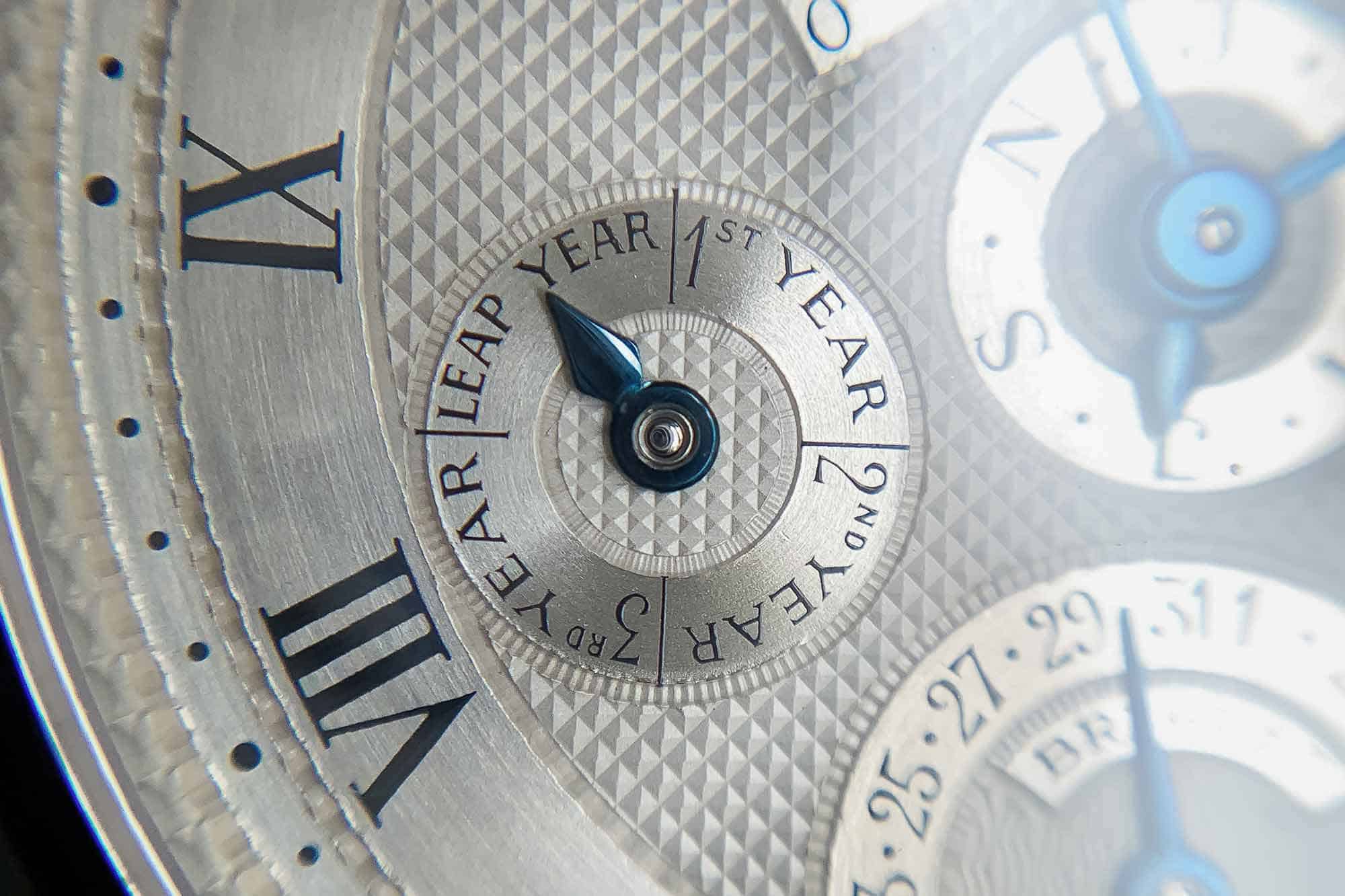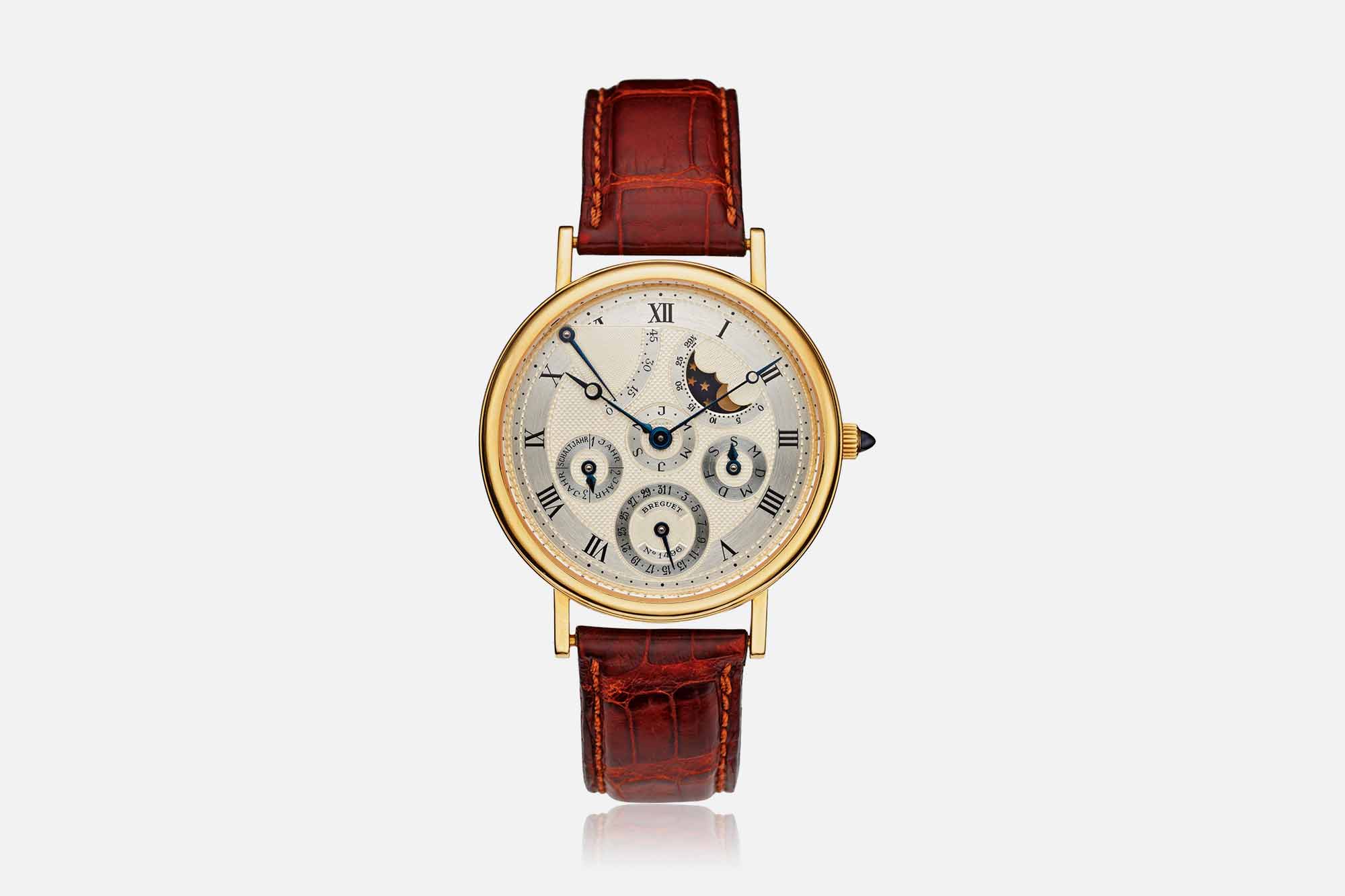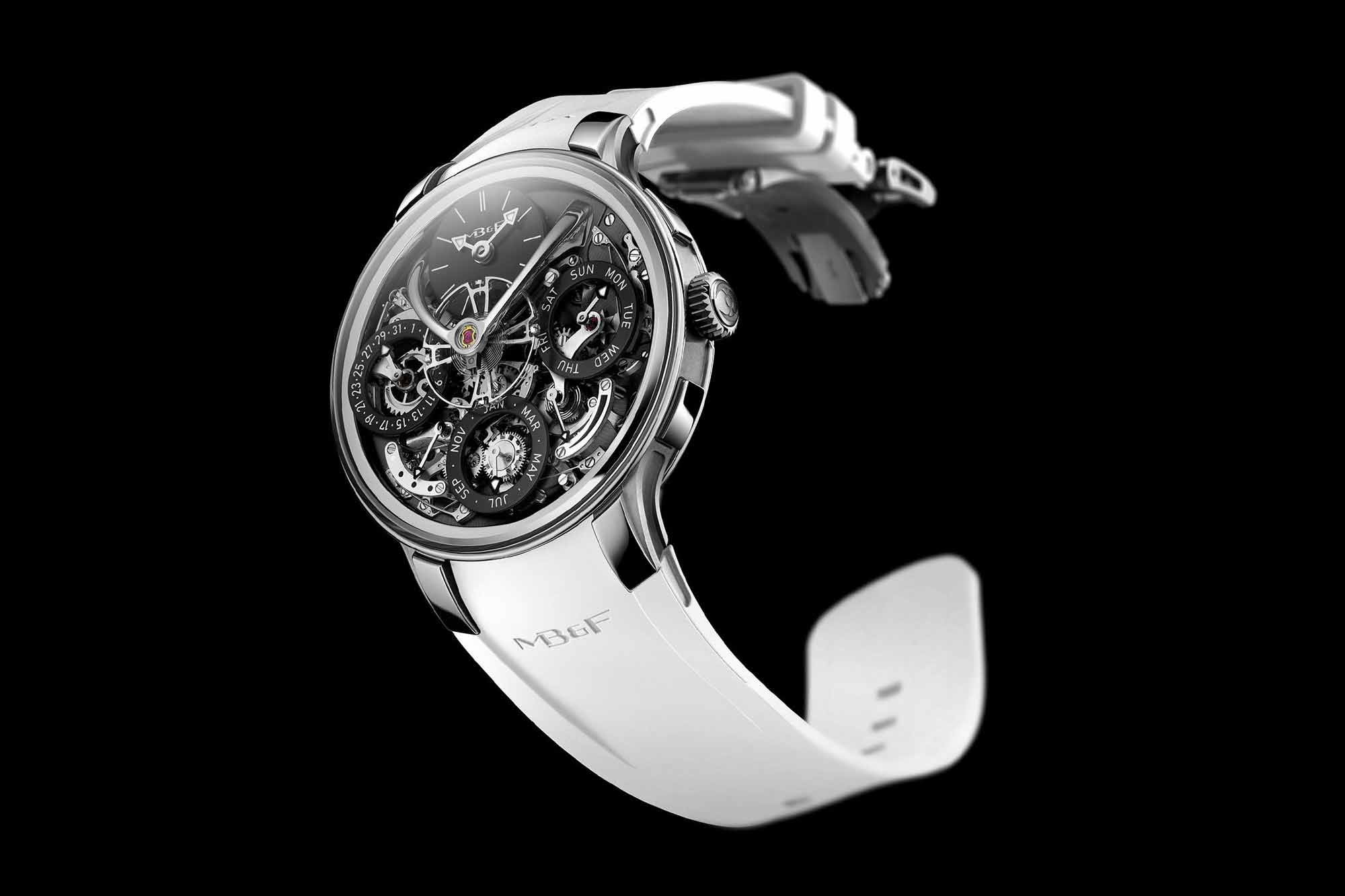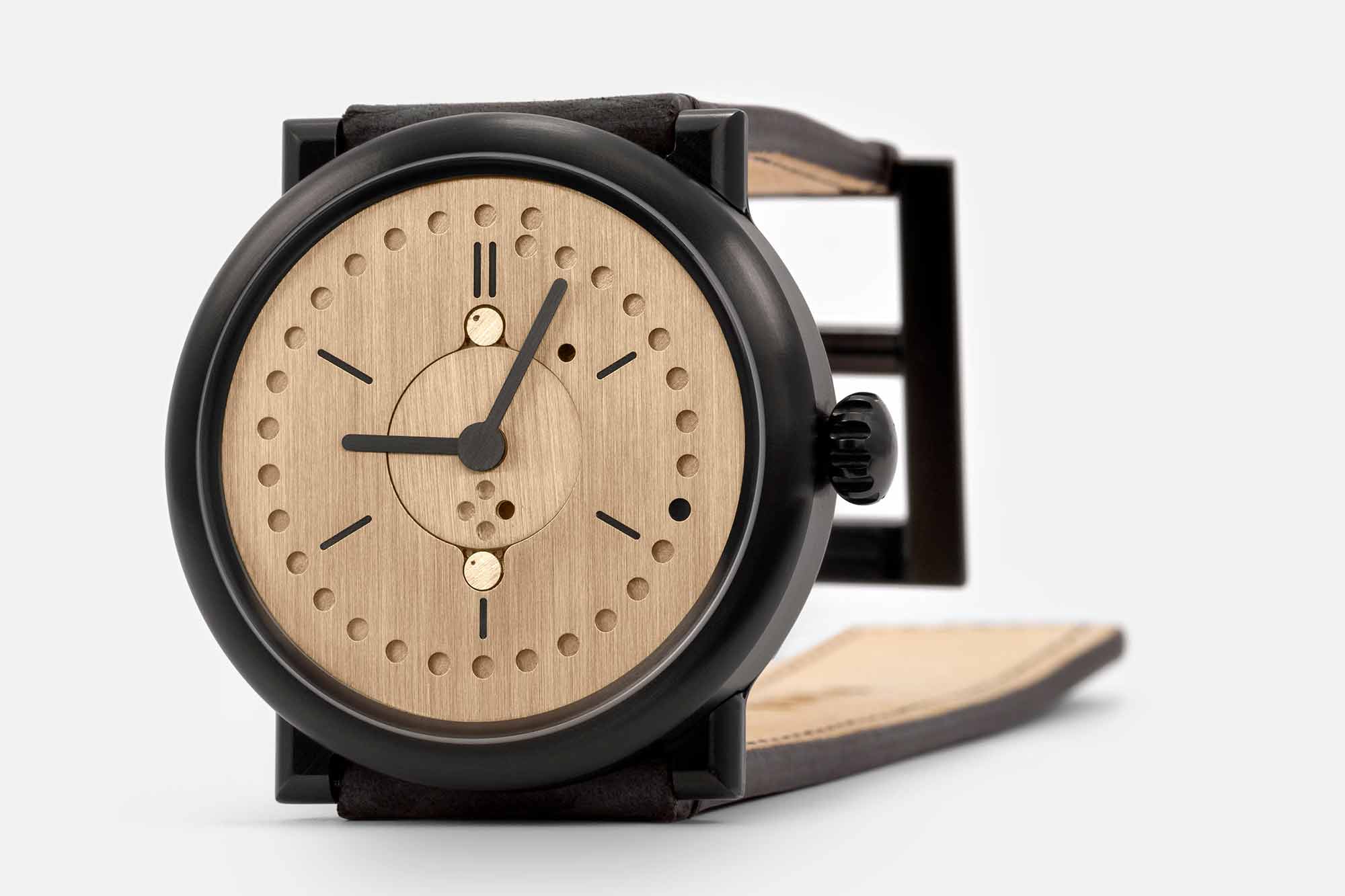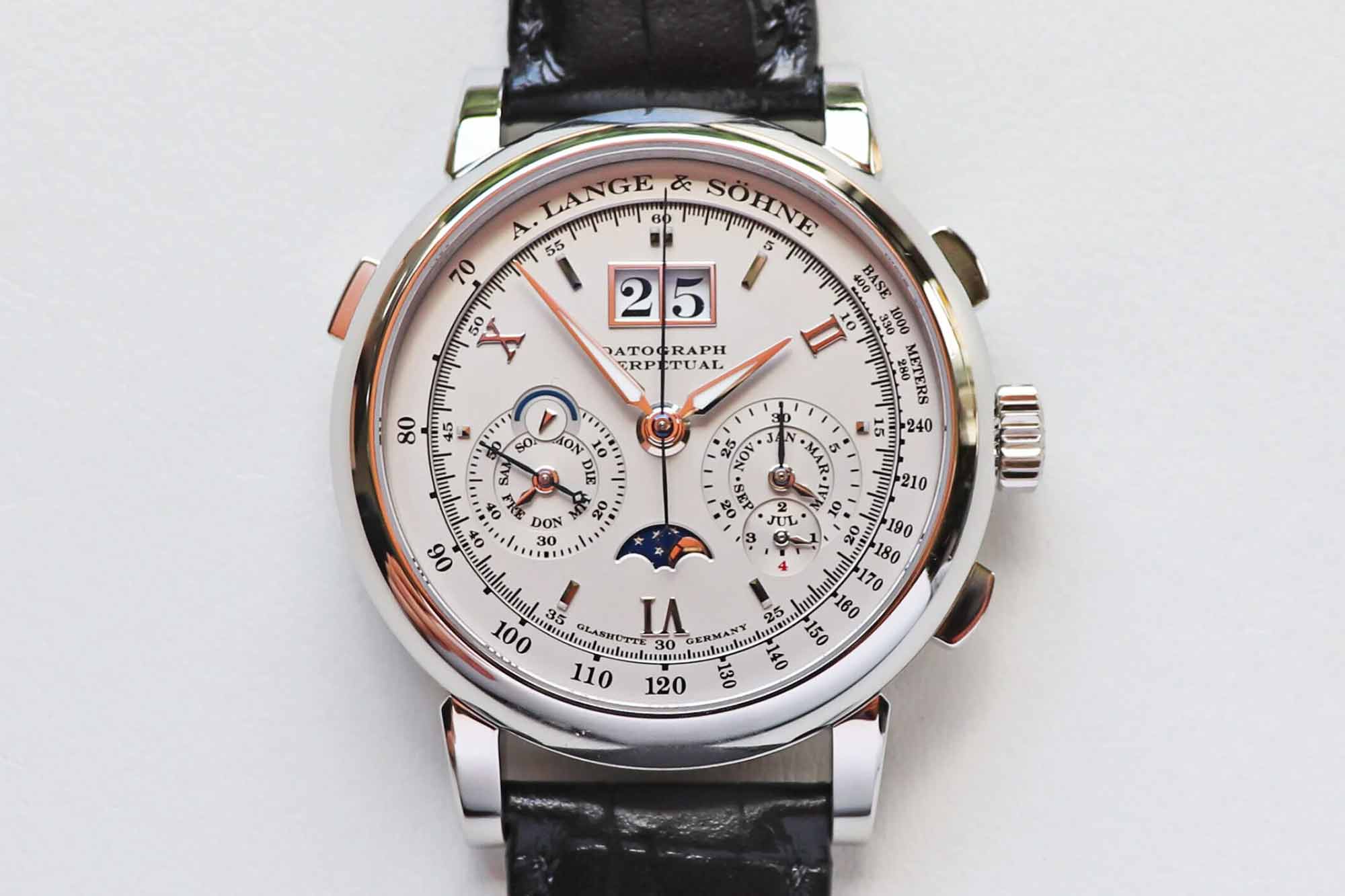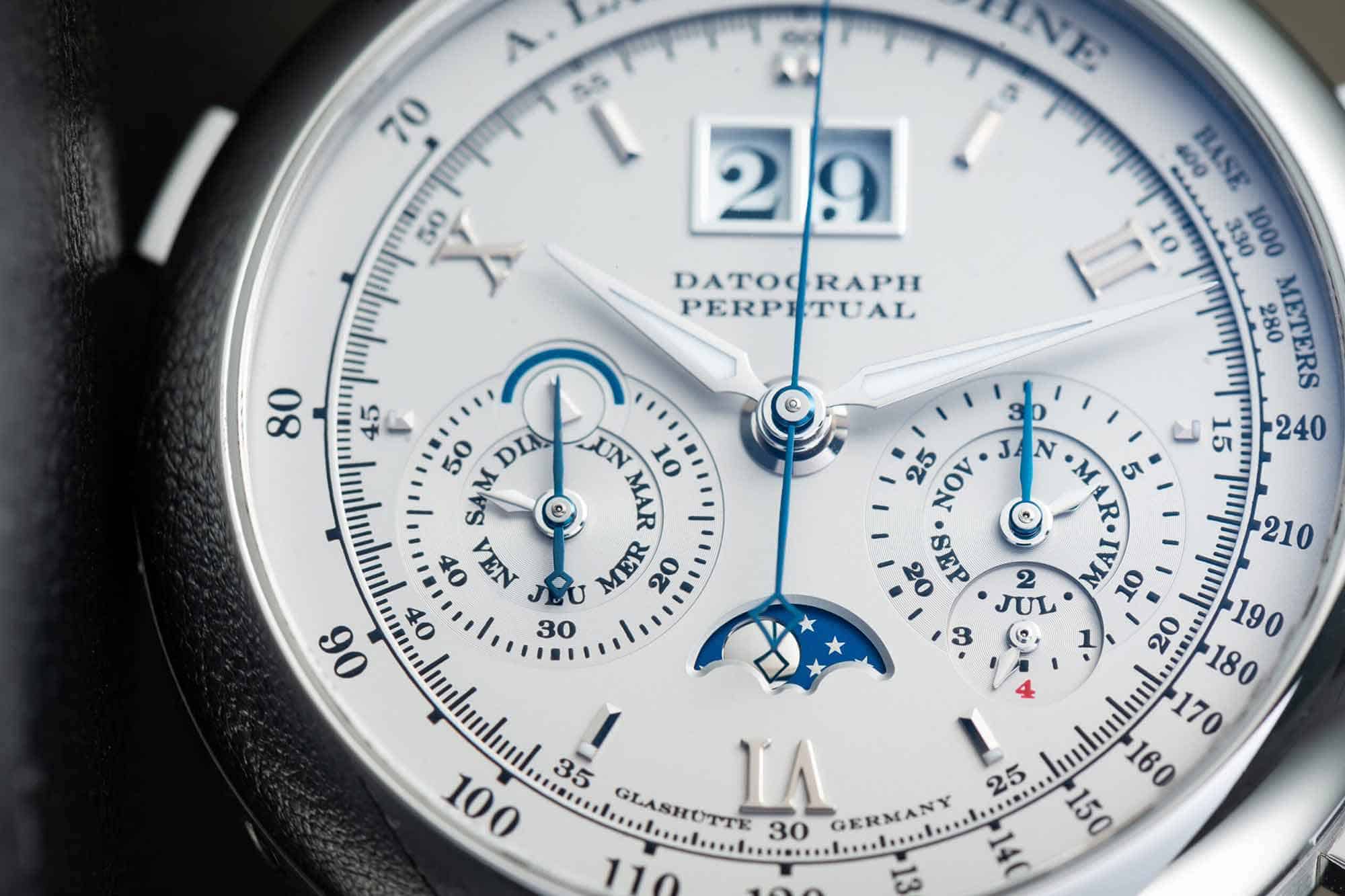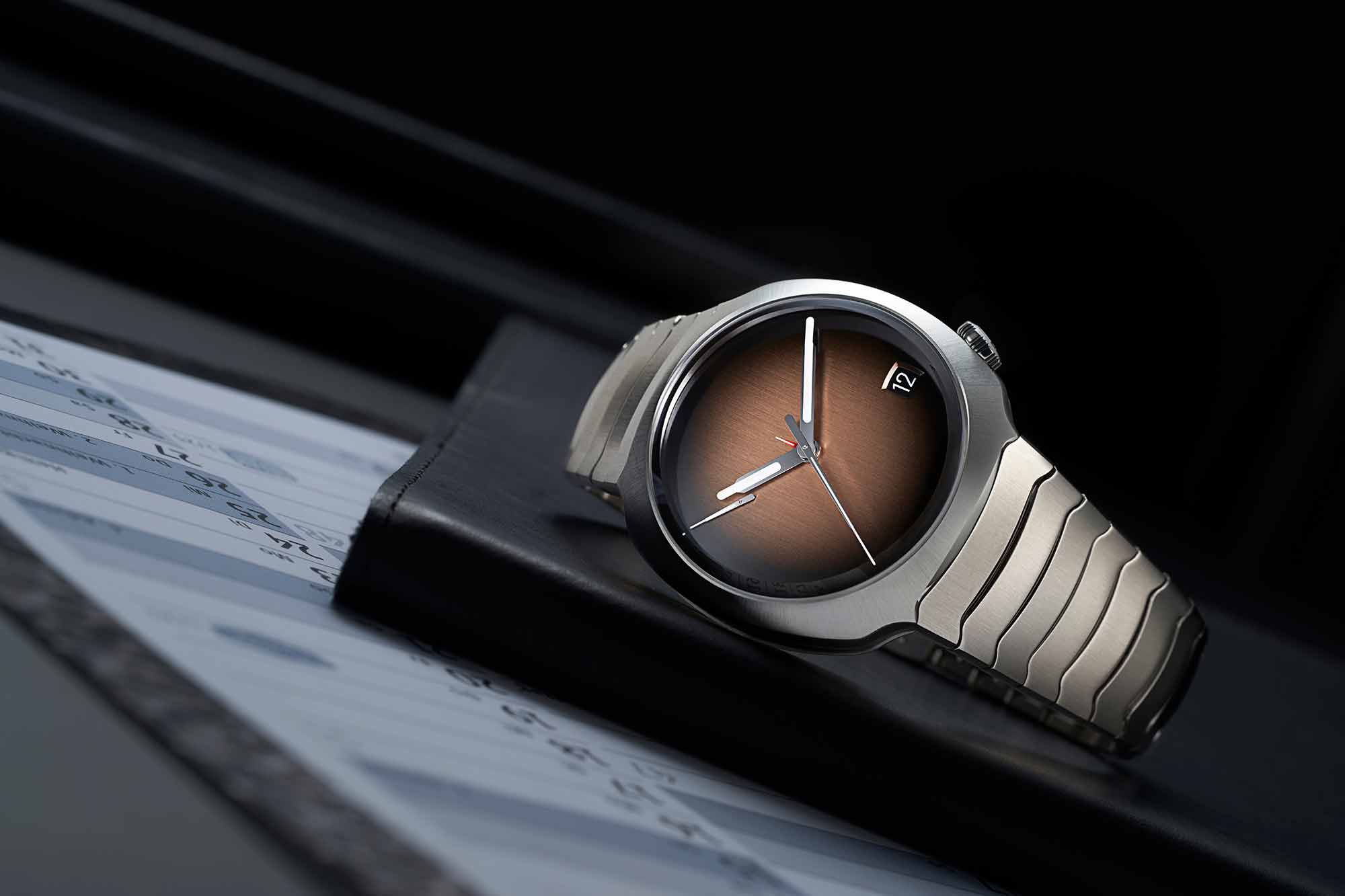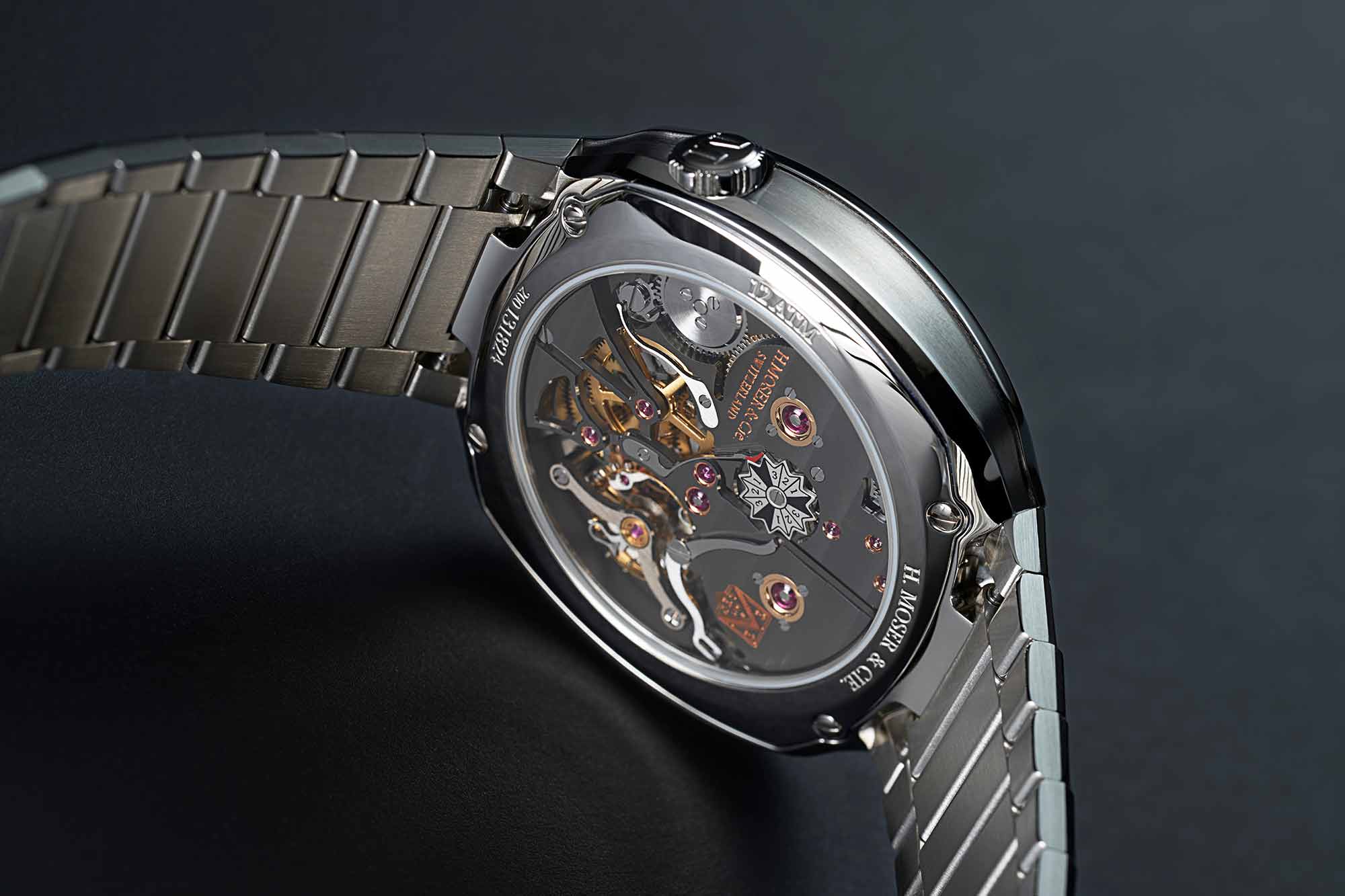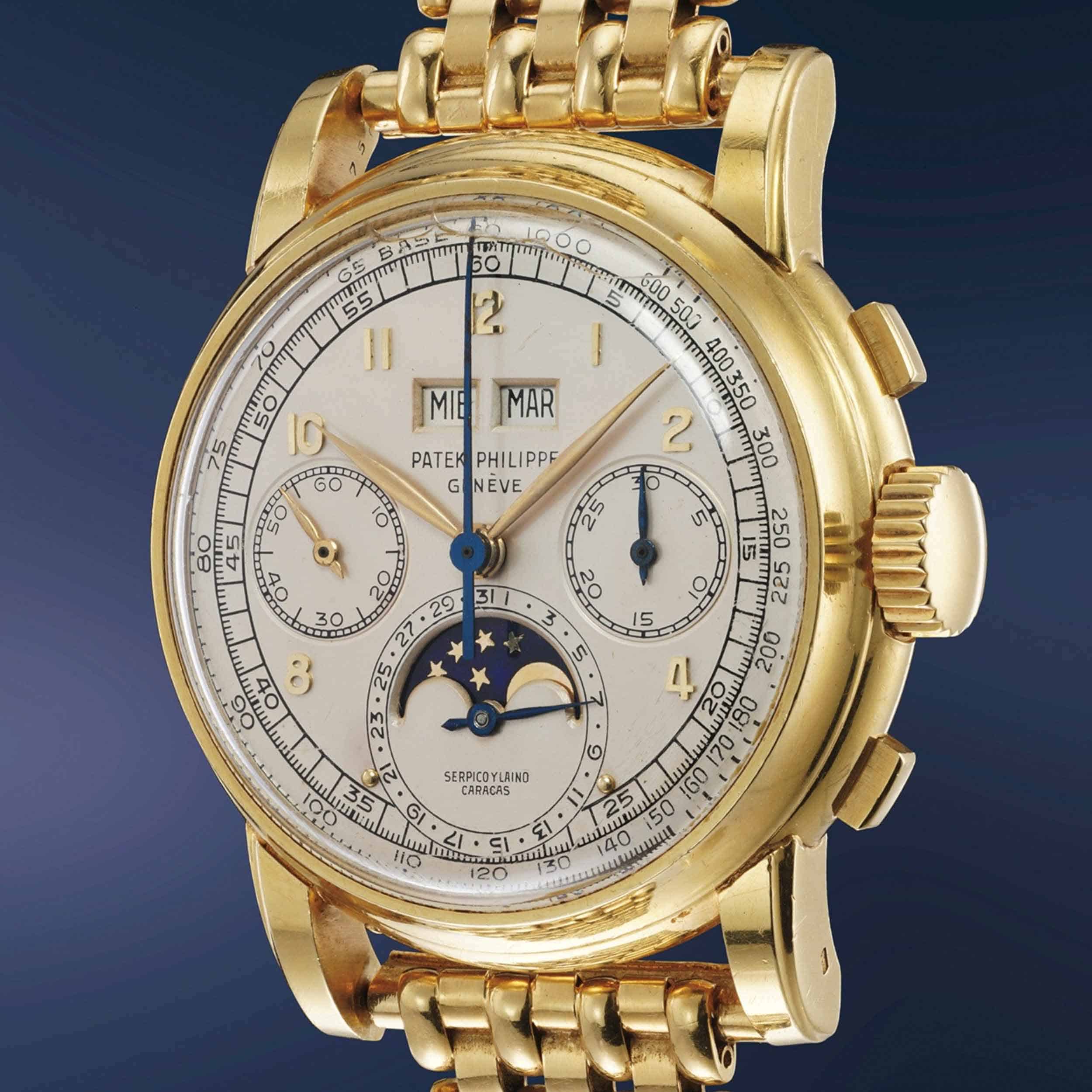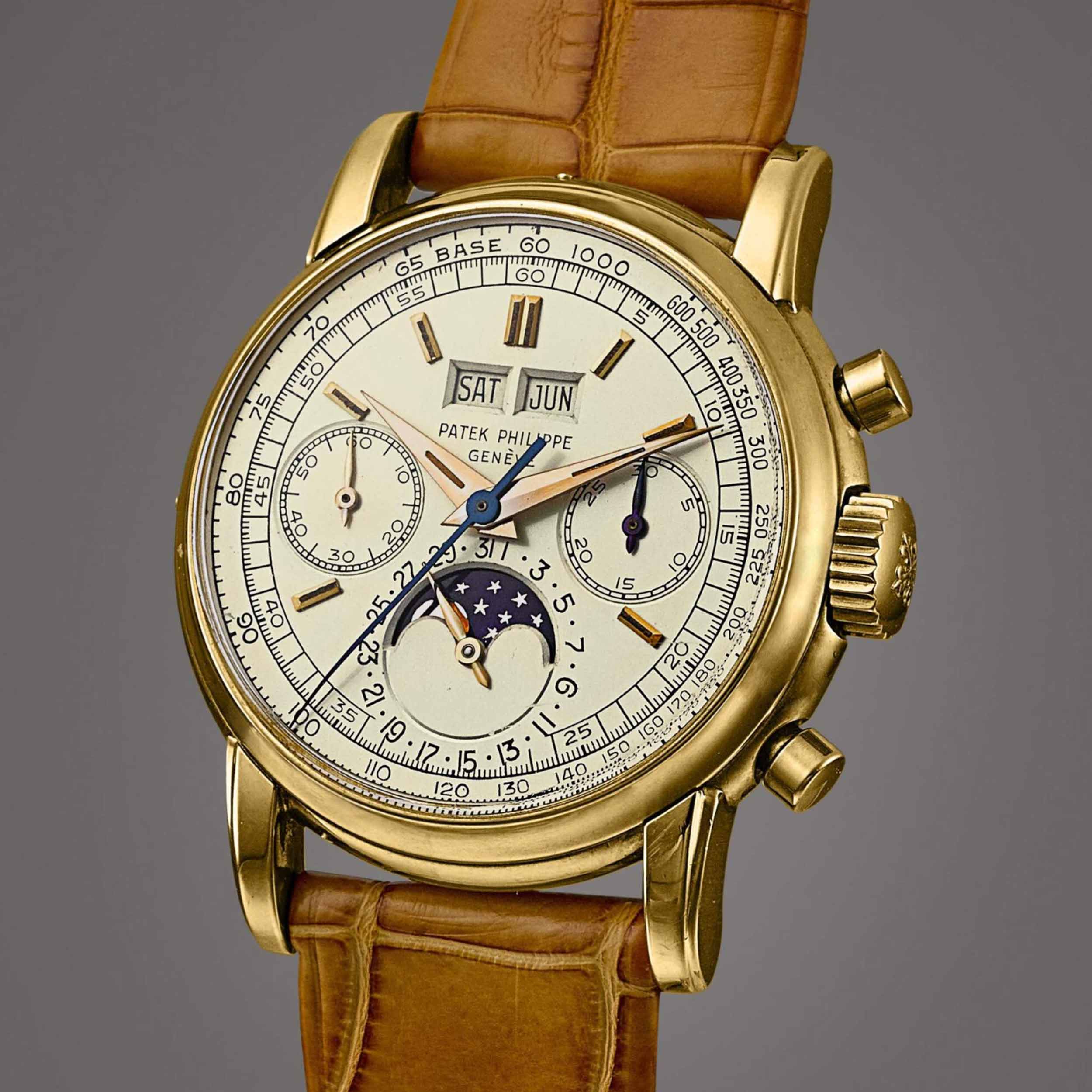Once again, Leap Day is upon us. This is an important day for watch lovers, particularly those of us who admire complicated watches, as it gives those lucky enough to own a perpetual calendar an opportunity to observe them doing the thing they’re meant to do. Unlike the vast majority of watches with any kind of calendar complication, a perpetual calendar has already identified 2024 as a leap year, and will summarily display the first day of March without the need to advance the date. This, of course, is quite a mechanical feat, and one that only comes every four years, so it’s absolutely worth celebrating an event that is as rare as the Summer Olympics, a United States presidential election, and a new Bad Boys movie, all of which, for better or worse, we’re getting this year.
This Leap Day, we celebrate the perpetual calendar by selecting a few of our absolute favorites. Our selections below represent many different approaches to the perpetual, from rigorously simple to intentionally complex, formal to sporty, and many places in between. The perpetual calendar might not be the most accessible of complications, but we can still appreciate them, particularly when they’re having their big, quadrennial moment.
Zach Weiss
I feel very strongly about perpetual calendars. I fawn over them. I look them up late at night when I can’t sleep and drool about the possibilities of knowing not just the day, or the date, or the month, or the phase of the moon, but knowing all of them and what year in the leap cycle we are in, not to mention the time, all at once—a glory I’ve yet to realize. I think, teary-eyed, about that moment, 11:59pm February 28th, on a leap year when – click – that magic extra day appears, an alignment only seen once every four years. The majesty of it all.
And then I think: I change my watch too often to keep a perpetual calendar running. They are notoriously fickle, especially during setting, and easy to break, and they tend to be anywhere from achingly to mind-bendingly expensive. I can settle for an annual calendar. Right? I should stick to the old triple. A day-date? Perhaps just a moon phase and a pointer…anyway. What truly draws me to the perpetual is not what they do, though that does intrigue, nor the mechanical solutions they employ, which does fascinate, but rather how they arrange all that information. The elegant or, at times, inelegant layering of hands, windows, indexes, discs, etc.
Needless to say, I don’t have a favorite perpetual calendar; rather, many I appreciate for specific reasons. A window here, a hand there. For example, the A. Lange & Sohne Lange 1 Perpetual Calendar places the month on a rotating ring, read at six, just beneath a tiny window with the leap cycle, and the day is via a retrograde pointer hand. So clever. Or the Patek Phillipe In-Line Perpetual Calendar that puts the day, date, and month into a single window. So clean. Or the Ochs Und Junior Perpetual Calendar that, to the uninitiated, perhaps looks more like a watch made by someone playing with their new drill press than an advanced calendar. I could go on.
But my task is to choose but one. ONE! Cruel. As such, I have to settle on the Breguet 3310. A maximalist approach to the perpetual, the 3310 places each element of the perpetual calendar on to its own sub-dial. Date at six, day at four, month at the center (weird, right?) under the hour and minutes, the leap year at eight, and the moon phase, inverted and set at an angle, up between one and two. But wait, there’s more, at half-past 10 is a power reserve indicator with a needle hand so long as to be nothing short of decadent. Oh, and there’s no running seconds because perpetual calendars are for those who think in years! In epochs!
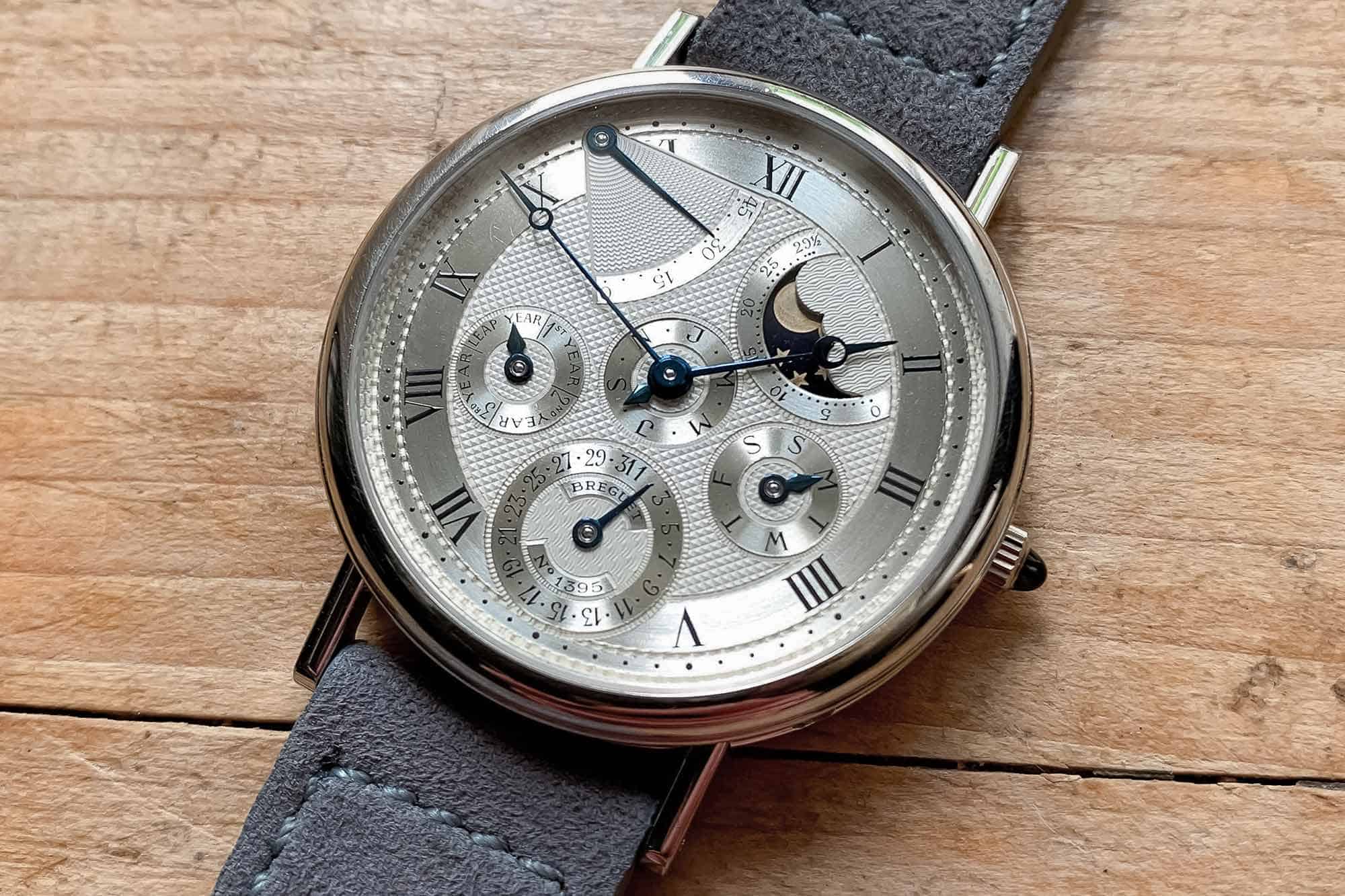









 Featured Videos
Featured Videos




